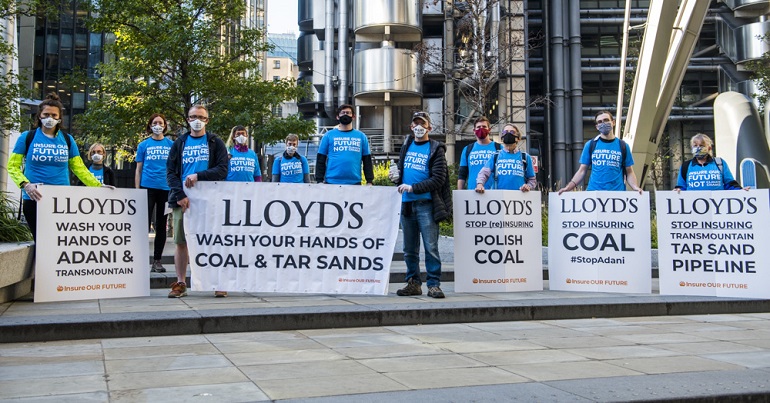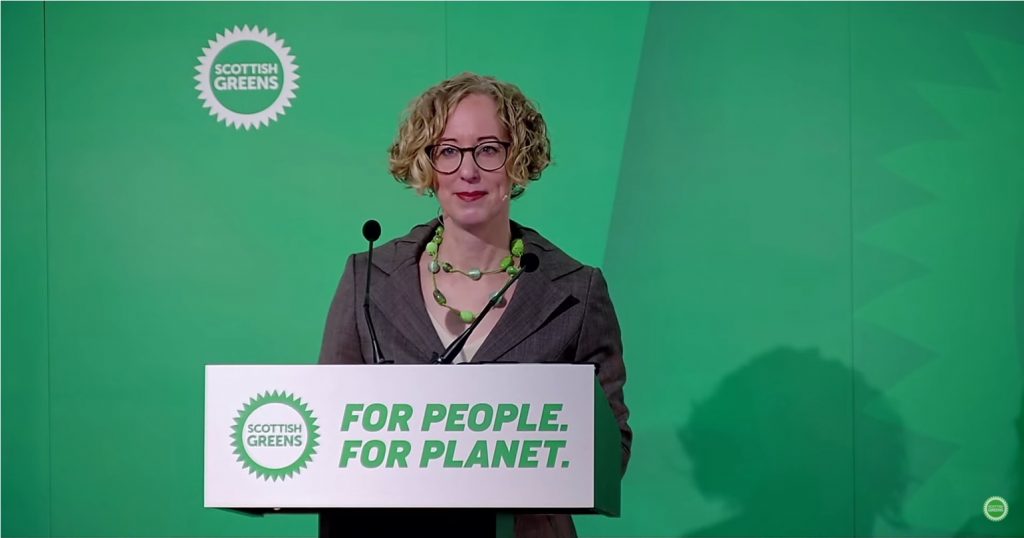7 things I’ve learned as a climate activist

I have been active in the climate justice movement for almost seven years to the day. I was part of environmental campaigns at college, but it really started for me in September 2014. As an 18-year-old I joined the fossil fuel divestment campaign in my first week at university. The rest, as they say, is history.
We won that divestment campaign. I went on to support students across the country to run their own working for People & Planet. I’ve taken direct-action against coal mines and been arrested protesting fracking sites with Reclaim the Power. I’ve worked for NGOs targeting financial institutions. I’ve supported school strikes for climate and attended Extinction Rebellion protests. In 2019, I co-founded Labour for a Green New Deal to push the Labour Party further and build stronger links between climate campaigns and trade unions.
When I was asked to write a book about climate justice (Burnt: Fighting for Climate Justice is out on 20 September with Pluto Press), I was excited to share my experiences in the climate movement and my reflections on where we’ve succeeded as well as failed. Here are seven headlines:
-
It’s all about capitalism
Most people you meet in the climate movement are anti-capitalists, at least to some extent. There’s a commonly held acceptance that our current economic system is failing when it comes to climate breakdown. Too often, though, this analysis is whispered quietly or simply set aside when it comes to climate organising. Many prefer to speak of ‘growth’ or ‘extractivism’ as the problem without mentioning on the capitalist system of which they are symptoms. If we are to be serious about rapid decarbonisation and climate justice, we must be uncompromising in assigning blame to capitalism. If we do not, then we are stuck with inadequate solutions and an anti-humanist environmentalism which lets the ruling class off the hook by blaming humanity in general.
-
Justice is key
The phrase ‘climate justice’ is thrown around a lot these days. Increasingly it is used by the biggest NGOs and even some political parties. It is important, though, that we don’t let the concept be watered down into just another slogan. Fundamentally, climate injustice is the unfair distribution of climate impacts so that those who have contributed least experience them most harshly, while those who’ve contributed most continue to profit. Justice, then, means rebalancing power relations so this inequality is eliminated and repairing for the loss and harms already experienced. It should also be a positive vision of shared prosperity implied by these transformations.
-
NGOs won’t save us
I’ve worked for environmental NGOs and in collaboration with many more. They are usually staffed by committed activists giving their lives to the climate movement. However, we need a stronger accounting of the role that NGOs play in our movement including their limitations. The likes of Greenpeace, WWF and Friends of the Earth dominate our movement despite the limits to the action they take and the political vision they advance. They’re often reliant on funding from conservative donor bases or philanthropic capital. Ideologically, their liberalism crowds out bolder socialist solutions. Organisationally, they are structured as corporations and tend to spend more money on expensive legal challenges and lobbying Westminster than building grassroots power. NGOs have a role to play, but they cannot effectively lead a movement for climate justice.
-
Direct action doesn’t get the goods on its own
There’s a popular slogan: “direct-action gets the goods”. But does it? My involvement in direct-action campaigns has caused me to question it, not as a potentially effective tactic, but as the panacea many see it as. Campaigns of direct-action against fossil fuel projects require huge reserves of human capacity or risk burning out the few activists willing to put their bodies on the line. When successful, they may temporarily halt one specific extraction site or delay the expansion of the industry. But for every fracking site stopped, dozens more projects pop up around the world unopposed. It’s like the climate movement is stuck putting out fires while the fossil fuel industry has an infinite supply of matches and kerosene to set more alight. Direct-action must come with an associated political strategy and be deployed as one element of a genuinely mass movement.
-
We can’t go beyond politics
Extinction Rebellion achieved what so many in the climate movement had failed to, by mobilising a base of people previously inactive. XR’s approach of leaning into a ‘doomer’ eco-pessimism along with its ‘beyond politics’ mantra appealed to so many of its activists. We should learn from that, while also recognising that those factors are also XR’s primary limitations. ‘Beyond politics’ only gets you so far with a crisis which requires a transformation of the entire economy. Politics is about power: who has it, how they use it and to what ends. We need a political climate movement with a vision for the world we want to see and prepared to leverage state power to end fossil fuel extraction with a centrally planned transition.
-
We need solidarity with trade unions
The relationship between the labour movement and environmentalists is often fraught. Trade unionists say that climate activists neglect workers’ rights and security. Climate activists respond with patronising remarks like “there are no jobs on a dead planet”. Differences over Heathrow expansion has been one flashpoint for division in the UK. In this instance, the climate movement failed to build solidarity and develop an alternative industrial plan with unions. Instead, it has too often blamed unions themselves as if they were capitalist corporations. Fortunately, this division isn’t shared by all trade unionists and environmentalists and it need not exist at all. Workers will experience climate impacts as severely as anyone. Trade unions and environmentalists can unify by identifying that capitalism is at the root of both exploitation of workers and despoliation of natures. By building solidarity, we can begin to synthesise our movements to become stronger together.
-
Too many crises go to waste
We are living in a century now destined to be defined by crisis. Considering the subject of our activism, I’ve found the climate movement surprisingly inept at responding to moments of crisis. We let devastating extreme weather events go by without attempting to mobilise on mass in response. During the pandemic, the insurgent climate movement retreated and made only tame demands to ‘build back better’. There was no serious effort to force the government’s hand on committing to a serious green recovery from lockdown. The Black Lives Matter uprisings, on the other hand, demonstrated how to mobilise powerfully despite social adversity. As crises of weather, food and public health become more frequent and severe, our movement must be prepared to use them as flashpoints to build, demonstrate and exercise our collective power.
Chris Saltmarsh’s book, Burnt: Fighting for Climate Justice is out on 20 September with Pluto Press.
PS. We hope you enjoyed this article. Bright Green has got big plans for the future to publish many more articles like this. You can help make that happen. Please donate to Bright Green now.




Leave a Reply